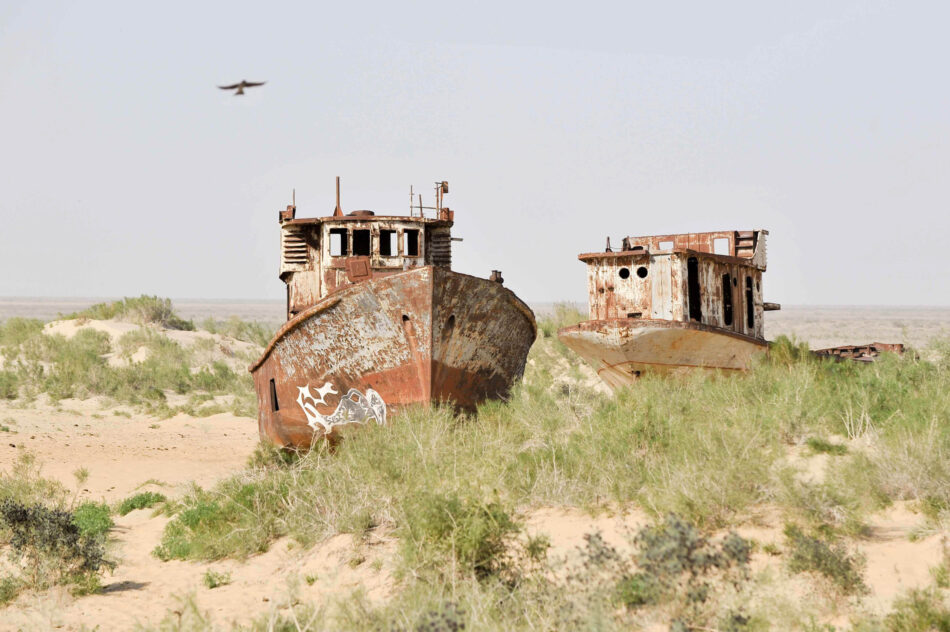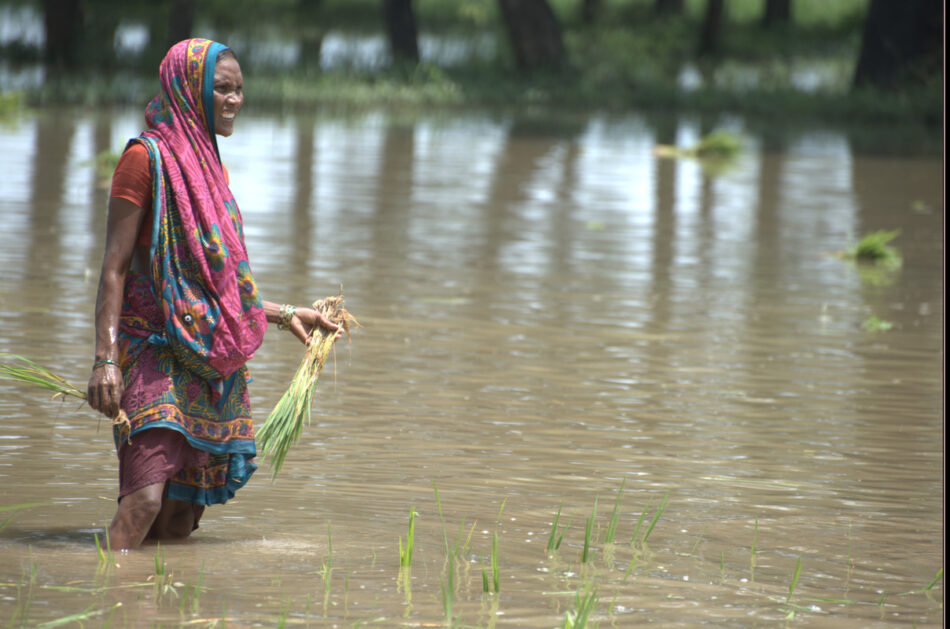
The State of Global Water Resources Report 2022 says the hydrological cycle is spinning out of balance. The world’s weather has gone wild. Cold snaps, heat waves, dry spells, floods, and drought, all at one time exceptional occurrences, are now the norm. The planet is fluctuating between extremes as anomalies in weather conditions push the climate out of its groove. Natural disasters are affecting people on all continents. Climate change is here and now.
We have plenty of data linking natural disasters to climate change. Severe drought has affected almost all regions of the earth as weather and climate conditions continue to deviate from normal conditions with many anomalies. South Asia reported 50 major droughts since 1990 affecting over 750 million people. Millions in the greater Horn of Africa are facing acute hunger as the region faces one of the worst droughts in recent decades. Pakistan’s recent flood damage in 2022, meanwhile, is estimated at USD 30 billion and has affected 33 million people. Some parts of Southern and Eastern Sri Lanka were still inundated four months after flooding in that country.
So, how do we adapt to a world where change is the only constant?
We can’t afford to respond to disasters only reactively. It’s time to shift from reacting to preparing.
“The best time to plan for drought is when it’s raining outside,” said Rachael McDonnell, IWMI’s Deputy Director General. She was speaking at World Water Week in Stockholm in 2023.
A discussion during a Q&A session highlighted the concern that reaction to natural disasters is mostly in the form of crisis response. This is especially true when it comes to drought. Unlike other disasters, drought is a slow onset disaster which tends to creep up on us. Although we see the signs of it, we often only respond when it directly impacts us. Once the crisis is over and the rains begin, we give it no further thought. This process is known as the hydro-illogical cycle.
It is now critical that this cycle of emergency response transforms from a mind set to a tool set.

Photo: Dakshina Murthy / IWMI
How do we protect ourselves from climate shocks?
According to Giriraj Amarnath, IWMI’s Research Group Leader, Water Risk to Development and Resilience, we cannot break this cycle without thinking about the science behind it.
Amarnath says there are many development issues relating to climate change. Economically stable countries, like India for example, are in a better position to fund response, while poorer countries will get left behind.
Land use, meanwhile, has changed significantly over the years with many wetlands being filled in disrupting the natural flow and drainage of rivers. Failure to maintain riverbanks and remove debris means that during periods of heavy rainfall and runoff from snow melts, rivers can no longer contain their water, causing floods.
Amarnath stressed that governments need to consider how development impacts sustainable ecosystems and alters the course of water. He said it was important for multiple parties to develop collective action to manage water on a day-to-day basis.
“There has been some fascinating work done at IWMI under the CGIAR Initiative on Climate Resilience and how to safeguard communities before disaster strikes,” said Amarnath. “We have been developing forecast models and mapping tools since 2013.”
IWMI uses satellites and remote sensing among other data to produce tools that predict drought and provide early action mechanisms to alleviate the humanitarian impact. Early warning systems such as the South Asia Drought Monitoring System (SADMS) and the the Zambia Drought Monitoring System (ZADMS) are examples of these. These used with drought resistant crops and water conservation infrastructure are steps that IWMI is taking towards proactive drought and flood management.
CGIAR’s Early Warning, Early Action, Early Finance (AWARE) Platform provides scientific data that activates and triggers warnings, but it does not stop there. The system empowers and enables communities to take part in the planning and implementing of solutions to anticipate and respond effectively and quickly to climate shocks.
IWMI has also set up a mapping system for the Bagmati basin in Nepal which makes for better monitoring for floods. IWMI is also working in the Zambezi Basin in Senegal and Nigeria, Rwanda and Ethiopia and in the Aral Sea region of Uzbekistan and Kyrgyzstan.
Amarnath admits there are still many challenges to breaking the hydro-illogical cycle, but the message is clear. We cannot stop disasters, but we can prepare for and reduce their effects on communities and economies.

